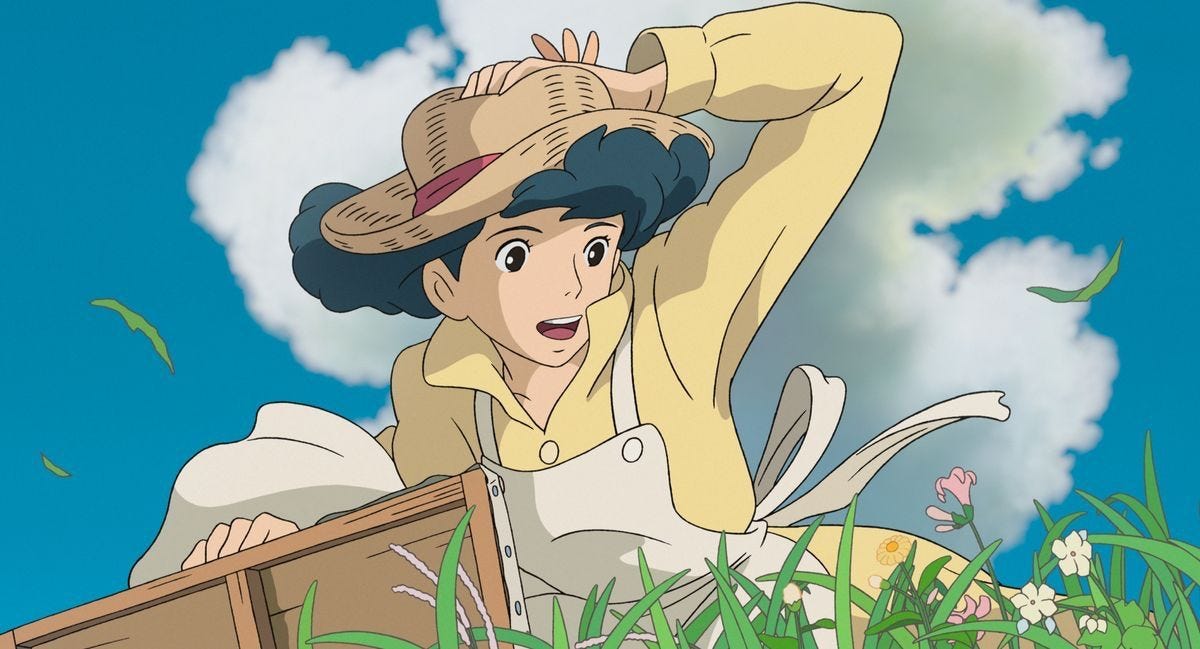Why Studio Ghibli embraced streaming
ALSO: The Simpsons goes 4:3. AND: Muslims are now real people on TV.

Early this year we saw the Studio Ghibli library of animated films debut on Netflix. It was the first time that Ghibli titles were made available to stream. While Netflix have global streaming rights, the US rights are held by the just-launched HBO Max.
Because the library of Ghibli titles are now available in the US, there is an avalanche of articles ar…




